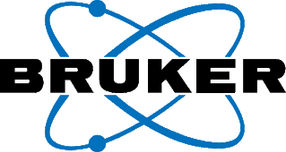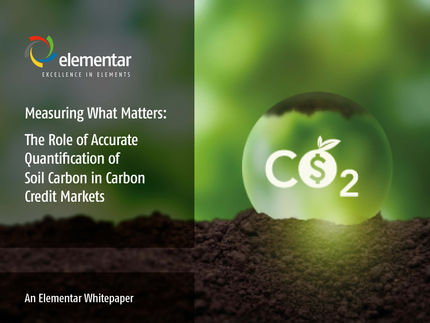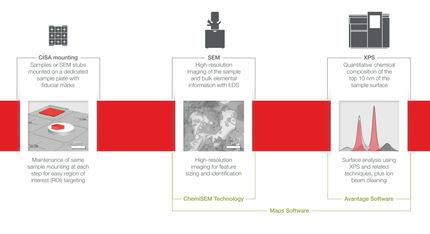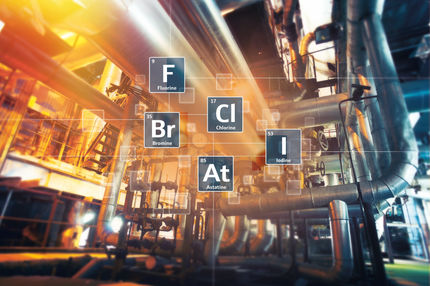The method of total reflection X-ray fluorescence (TXRF) analysis

How does TXRF work?
What are the advantages of TXRF?
Compared to conventional XRF, TXRF can measure trace levels of elements in the ppb range. In terms of absolute masses, the detection limits are in the picogram range, which is even better than any commercial ICP system. Compared to atomic spectroscopy which is traditionally used for trace and small sample elemental analysis, TXRF sample preparation is fast, easy, and does not require a laboratory exhaust hood for use of dangerous chemicals. It measures all elements simultaneously including halogenides, and it has much lower analytical operation and maintenance costs. The TXRF system comes factory-calibrated and ready to use. Day-to-day quantification of unknown samples therefore only requires the addition of an internal standard element, such as gallium. A TXRF spectrometer does not need a vacuum pump. Due to the short detector to sample distance, the fluorescence yield is very high and the absorption by air is very low. This makes a TXRF spectrometer very compact and in-field analysis possible.
Download white paper now
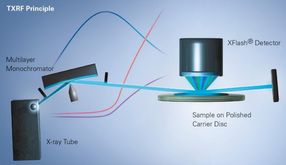
The method of total reflection X-ray fluorescence (TXRF) analysis
How does TXRF work?
Advertisement
